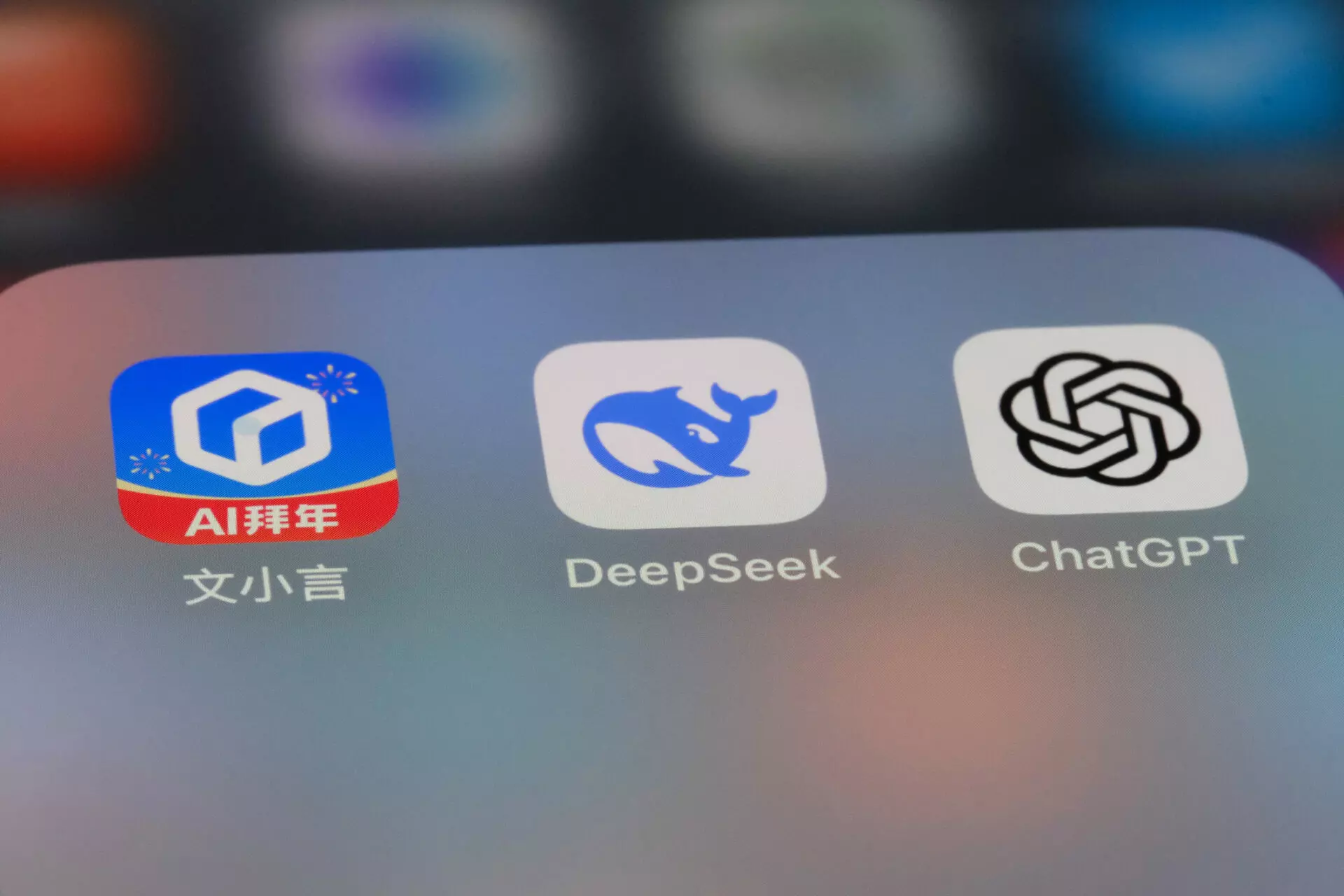Tests Indicate DeepSeek is Unfit for Enterprise Use

Understanding DeepSeek AI and Its Implications for Businesses
Introduction to DeepSeek AI Technology
China’s DeepSeek AI technology has emerged as a significant player in the artificial intelligence landscape, garnering attention as a potentially faster, smarter, and cheaper alternative to established large language models (LLMs) like those developed by OpenAI. However, the excitement surrounding DeepSeek reflects a common trend in the AI industry: a gap between the initial promise and the actual performance, especially regarding security.
Security Concerns with DeepSeek
Recent research from AppSOC has highlighted several security issues with DeepSeek AI. These include vulnerabilities to jailbreaking and prompt injection, which can be exploited to manipulate the AI. Alarmingly, the research found that the tool could easily generate malware and viruses, presenting serious risks for businesses looking to integrate it into their operations. Despite these risks, the adoption of DeepSeek continues, often circumventing the approval of enterprise security teams.
Developers’ Adoption of AI Tools
As the demand for AI tools in software development grows, approximately 76% of developers are either using or planning to use AI technologies. However, many of these models, including DeepSeek, come with significant security risks. The ease of access and rapid adoption of DeepSeek may create a potential threat to software security that companies must address. Developing a robust framework for managing these risks is vital.
The Potential of DeepSeek Coder
Performance Metrics
One of the standout features of DeepSeek is its DeepSeek Coder tool, which claims to deliver superior coding capabilities compared to other open-source LLMs. Evaluation on various coding benchmarks shows that DeepSeek Coder stands out in terms of performance. Despite these promising results, real-world testing has yielded mixed outcomes. For example, tests conducted by ZDNet found that while the technology has potential, it still faces challenges in delivering consistently reliable code.
Critical Security Flaws
The implications of security flaws surrounding DeepSeek are serious. Reports indicate that the technology has backdoors capable of sending user data to servers linked with the Chinese government. Additionally, vulnerabilities related to outdated cryptographic practices expose sensitive information and heighten the risk of SQL injection attacks.
While technology is expected to improve, independent assessments, such as those made by Baxbench, indicate that current AI coding assistants, including DeepSeek, are not yet ready for secure code automation. This presents a problem: developers tend to choose AI tools based on speed and cost, often ignoring potential security issues.
Impact on Developer Productivity
The use of AI tools like DeepSeek can significantly enhance productivity for skilled developers, enabling them to generate high-quality code quickly. However, less experienced developers may produce poor-quality, insecure code at the same accelerated pace, increasing risks for organizations. Companies that fail to manage these risks may find themselves dealing with significant security breaches.
Broader Enterprise Risks from Shadow AI
CISOs (Chief Information Security Officers) face increasing complexity due to the uncontrolled use of technology within organizations. Employees may adopt unauthorized AI tools, creating security vulnerabilities that can compromise entire systems. To mitigate these risks, CISOs need to establish clear policies on AI tool usage and ensure that approved tools are used responsibly.
Strategies for Effective AI Risk Management
Here are some recommended strategies for organizations to manage AI-related risks effectively:
Establish Clear AI Policies: Instead of a blanket ban on AI tools, companies should investigate and approve a curated set of AI resources that can be safely deployed. Developers with proven security expertise should be allowed to use these tools on sensitive code repositories.
Security Training for Developers: Continuous learning and upskilling for developers are essential. They should be educated on identifying vulnerabilities within the languages and frameworks they work with, including third-party code and AI-generated content.
- Implement Effective Threat Modeling: Many organizations overlook integrated threat modeling that involves developers. By partnering developers with AppSec professionals, companies can better assess and mitigate new AI-specific threat vectors.
By adopting these strategies, businesses can navigate the promising yet perilous landscape of AI technologies like DeepSeek while enhancing security and maintaining productivity.





